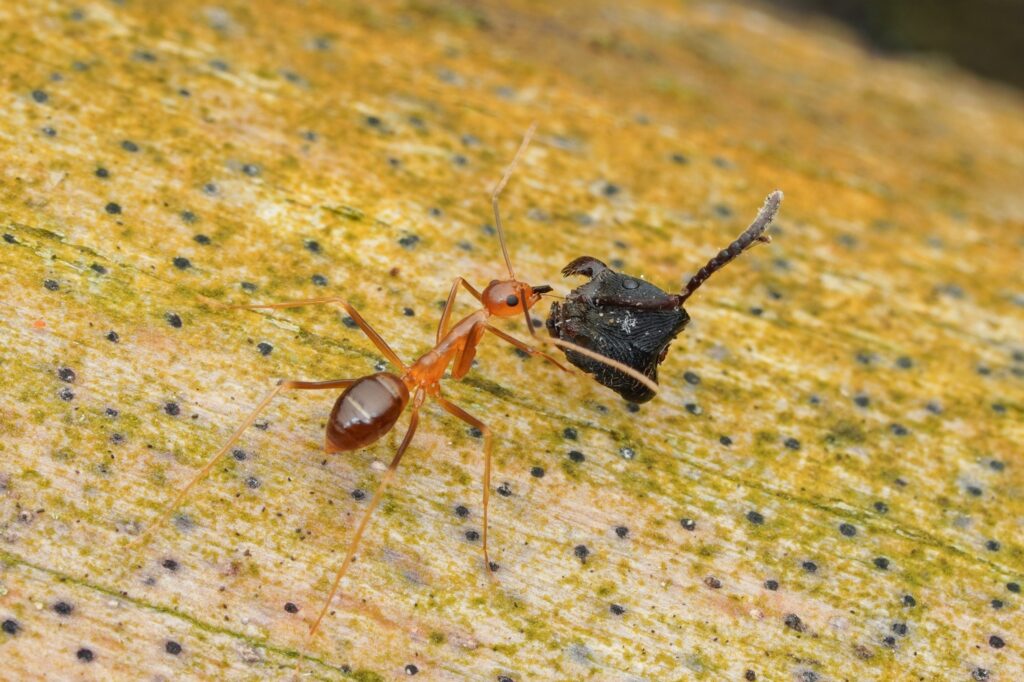Picture this: you’re walking through a tropical paradise, surrounded by lush green vegetation and the gentle sound of waves crashing nearby. But beneath your feet, millions of tiny golden warriors are waging an invisible war that’s changing the very fabric of this ecosystem. The Hawaiian yellow crazy ant might sound like something out of a children’s book, but this tiny invader is anything but harmless. These relentless insects have turned Hawaii’s natural beauty into their personal battlefield, and they’re winning in ways that would make even the most seasoned generals envious.
The Golden Invader That Came from Nowhere
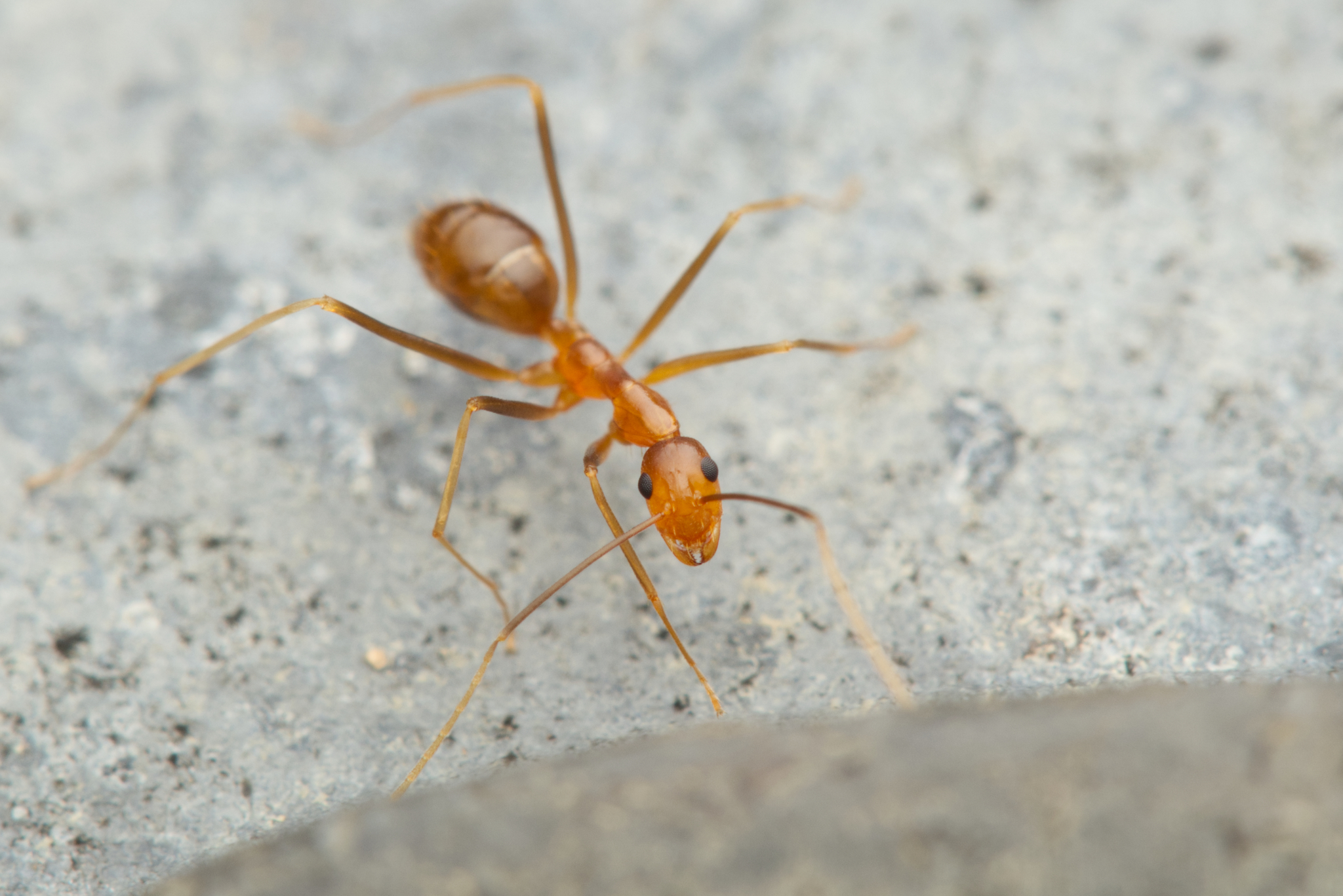
The Hawaiian yellow crazy ant, scientifically known as Anoplolepis gracilipes, didn’t just stumble into Hawaii by accident. These golden-colored menaces hitched rides on cargo ships and planes, arriving from their native Southeast Asian homes sometime in the early 1900s. What makes their invasion story particularly shocking is how they managed to establish themselves so completely without anyone noticing until it was far too late. Unlike other invasive species that announce their presence with obvious damage, these ants worked quietly in the shadows for decades. Their populations exploded in remote areas where human monitoring was minimal, giving them the perfect opportunity to build their empire. By the time scientists realized what was happening, entire ecosystems had already been fundamentally altered.
Why They’re Called “Crazy” and It’s Not a Joke
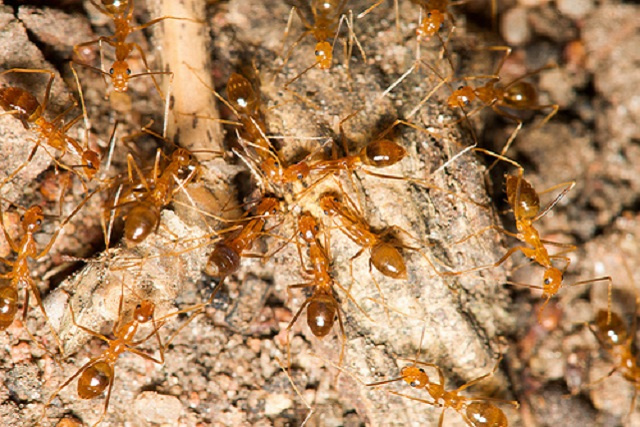
The “crazy” in their name isn’t just a cute nickname – it’s a literal description of their erratic, unpredictable movement patterns. Watch these ants for just a few minutes and you’ll see them zigzag, spiral, and dart around in seemingly random directions that would make a drunk person look coordinated. This bizarre behavior actually serves a crucial survival purpose, making them incredibly difficult for predators to catch and predict. Their frantic movements also help them cover more ground when foraging, allowing them to discover food sources that other, more methodical ants might miss. Scientists believe this chaotic locomotion evolved as an adaptation to their complex tropical environments where quick reflexes mean the difference between life and death. What looks like madness is actually a brilliant evolutionary strategy that’s helped them conquer new territories worldwide.
The Supercolony Phenomenon That Defies Nature
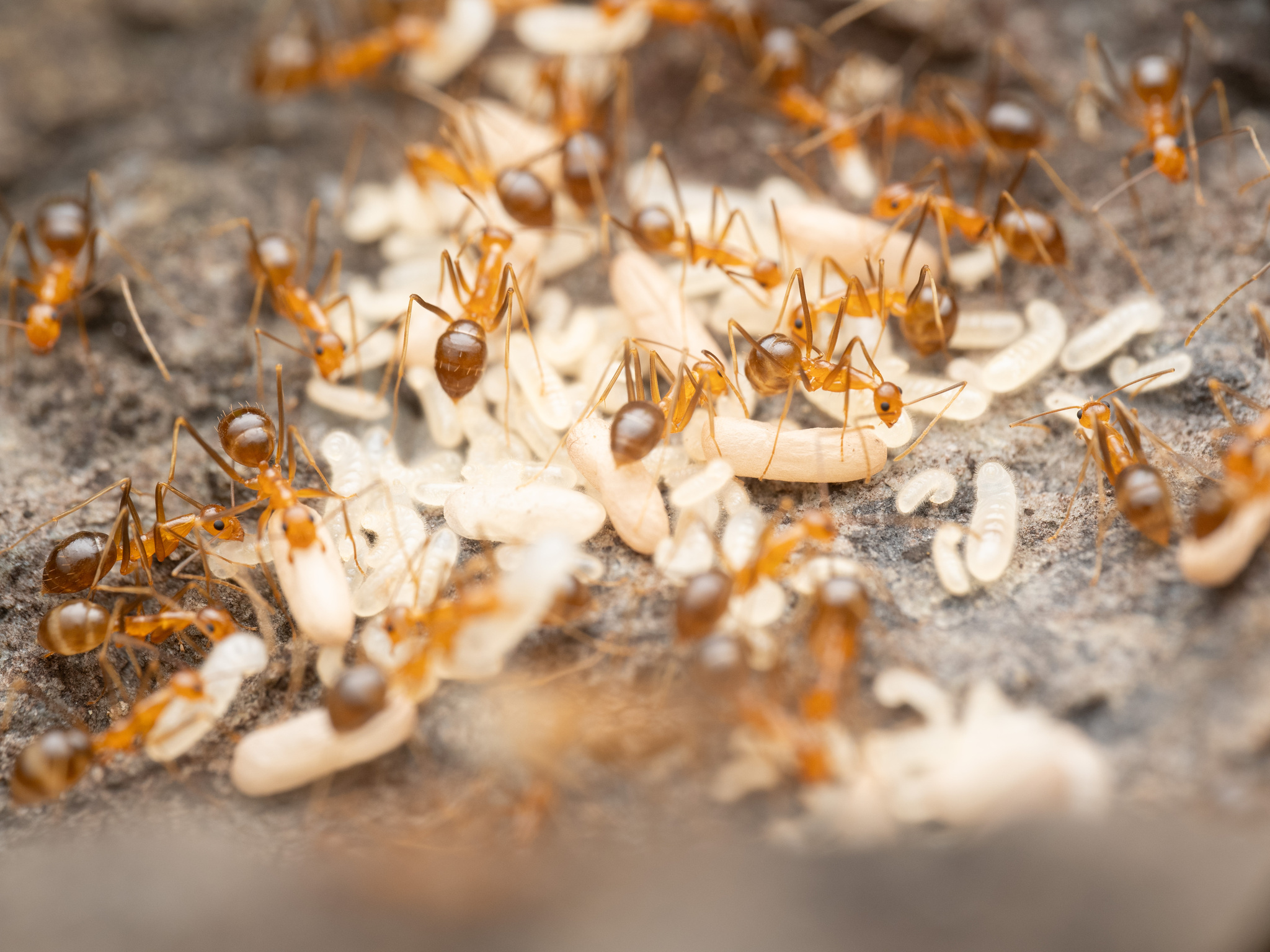
Most ant species fight each other fiercely, even members of their own species from different colonies. But yellow crazy ants have somehow cracked the code of unprecedented cooperation, forming massive supercolonies that span incredible distances. These supercolonies can stretch for miles, containing billions of individual ants that all work together as if they were one giant organism. In Hawaii, some supercolonies cover entire mountainsides, creating what scientists call “ant carpets” that can be several inches thick in some areas. The secret to their success lies in their unusual genetic makeup – they’re essentially clones of each other, which eliminates the territorial aggression that normally keeps ant populations in check. This genetic similarity allows them to recognize all members of their supercolony as family, creating an unstoppable alliance that can overwhelm any competition.
Their Weapons of Mass Ecosystem Destruction
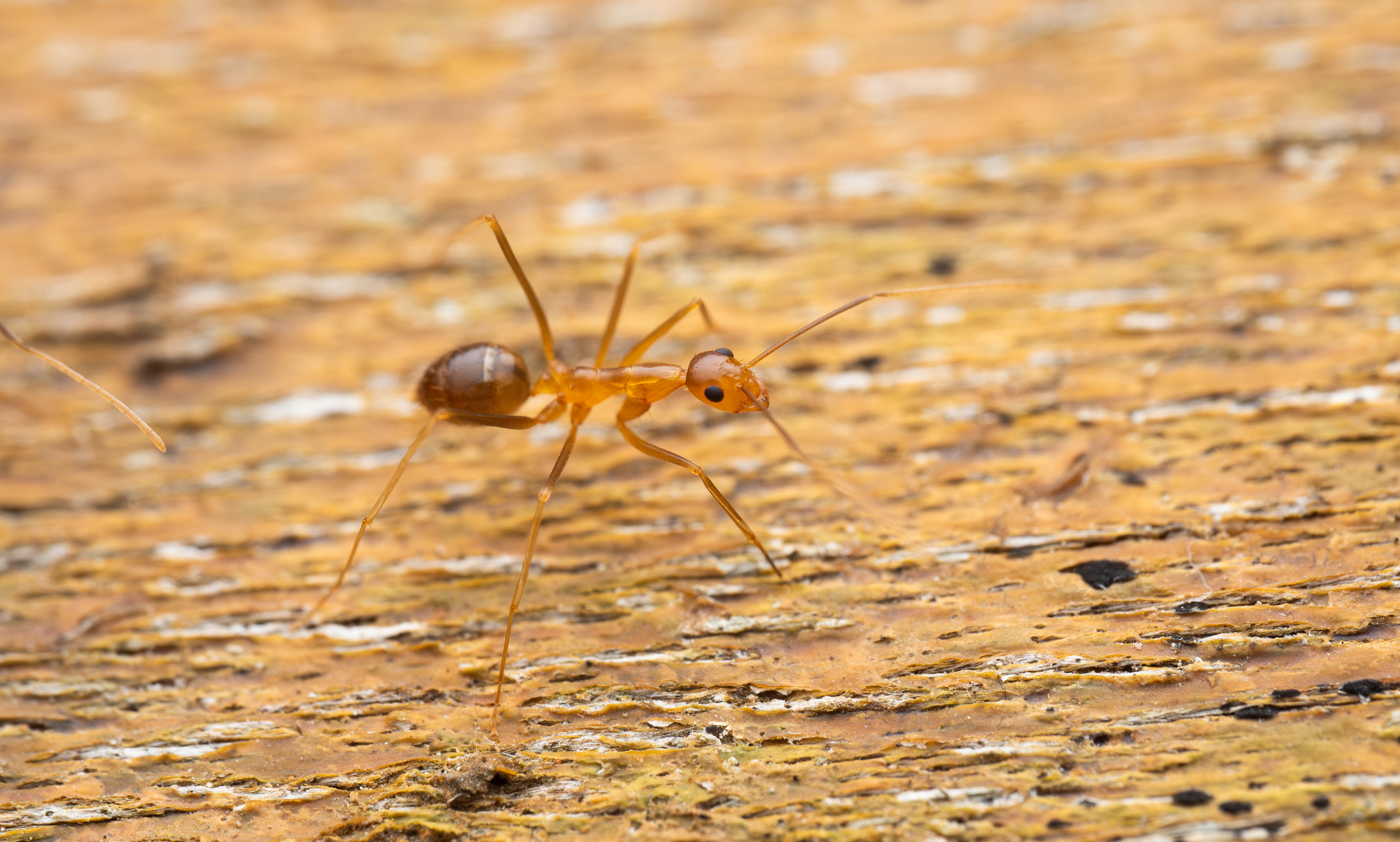
Yellow crazy ants don’t just compete with native species – they systematically eliminate them using tactics that would make military strategists take notes. These ants spray formic acid from their abdomens, a chemical weapon that can blind, burn, and kill creatures many times their size. They coordinate group attacks on everything from native insects to small birds, overwhelming their victims through sheer numbers and chemical warfare. Their acid attacks are particularly devastating to Hawaii’s native arthropods, which evolved without defenses against such aggressive chemical assaults. Perhaps most disturbingly, they’ve been observed attacking the eyes of larger animals, including seabirds and even small mammals, causing permanent blindness and often death. This biological warfare has earned them a reputation as one of the most ruthlessly effective invasive species on the planet.
The Ecological Domino Effect Nobody Saw Coming
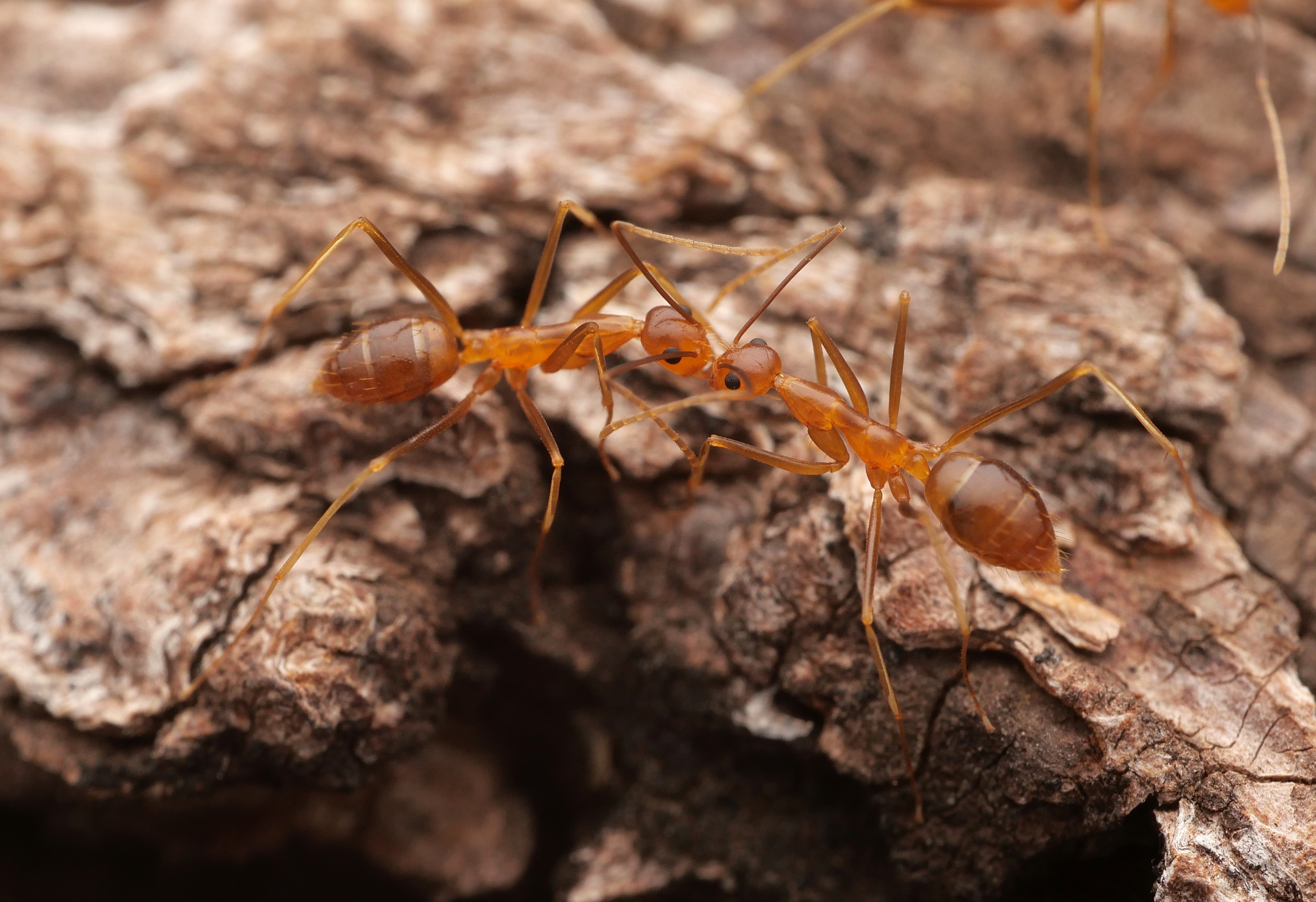
When yellow crazy ants move into an area, they don’t just affect a few species – they trigger a cascade of ecological changes that ripple through entire food webs. Native insects that once pollinated plants disappear, leading to reduced plant reproduction and genetic diversity. Birds that relied on these insects for food are forced to change their diets or abandon their territories entirely. The ants’ preference for sugary substances leads them to “farm” aphids and other plant-sucking insects, protecting these pests from their natural predators and causing unprecedented plant damage. Forest floors that once teemed with diverse invertebrate life become monocultures dominated by a single ant species. This ecological simplification creates unstable ecosystems that are more vulnerable to further invasions and environmental changes.
Hawaii’s Native Species Fight for Survival
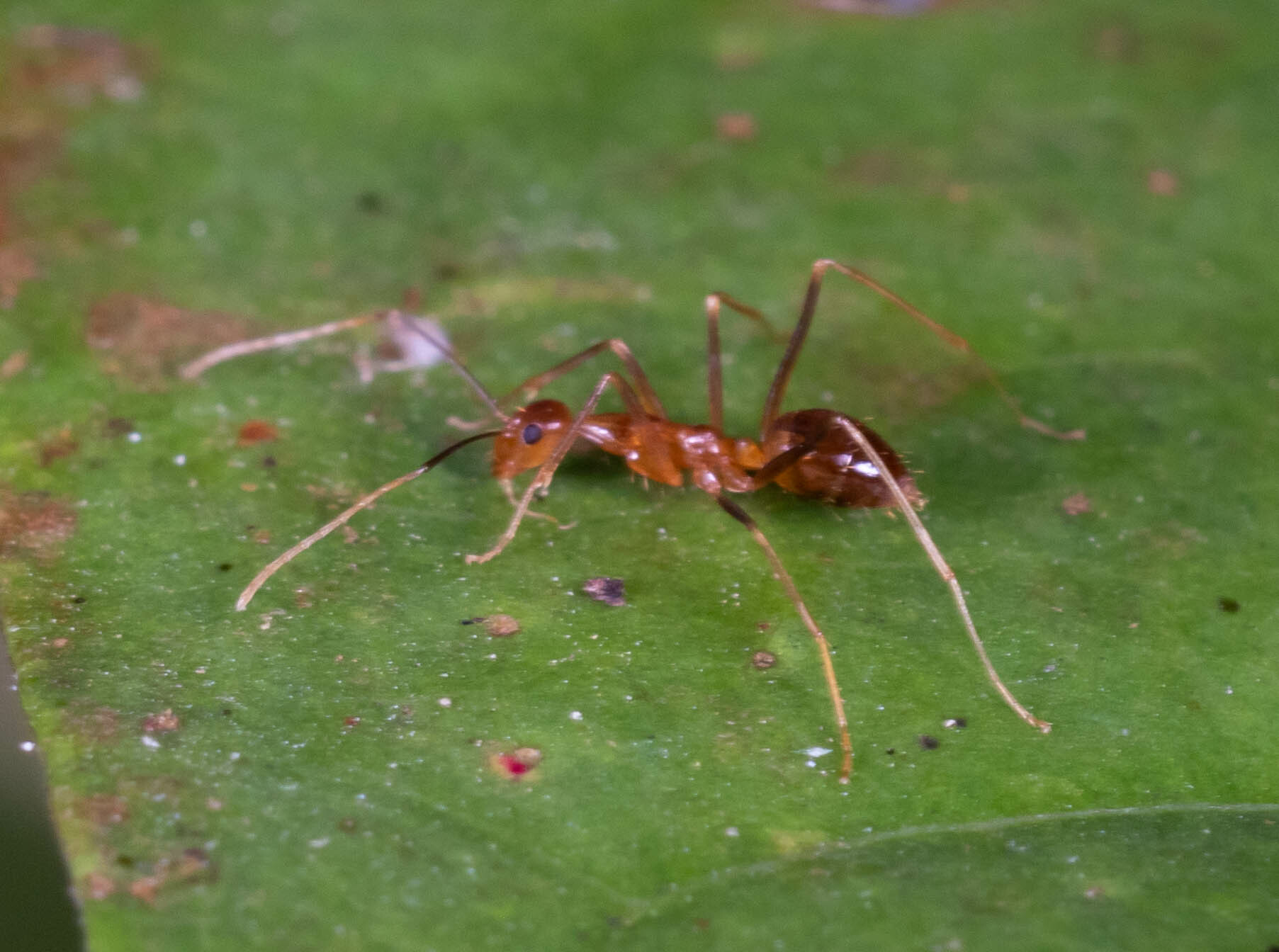
Hawaii’s endemic species, which evolved in isolation for millions of years, are facing an enemy they’re completely unprepared to fight. The Hawaiian hoary bat, one of the state’s only native land mammals, has lost crucial insect prey to crazy ant invasions. Native Hawaiian spiders, which once controlled pest populations, are being systematically eliminated by ant attacks. Endemic beetles and moths that play crucial roles in pollination and decomposition are disappearing from areas where crazy ants establish themselves. The Hawaiian tree snail, already critically endangered, faces additional pressure as ants destroy the small insects they depend on for food. Some scientists estimate that in heavily invaded areas, native arthropod populations have declined by over 90%, creating what researchers call “biological deserts” where only the invasive ants thrive.
The Farming Empire That Fuels Their Success
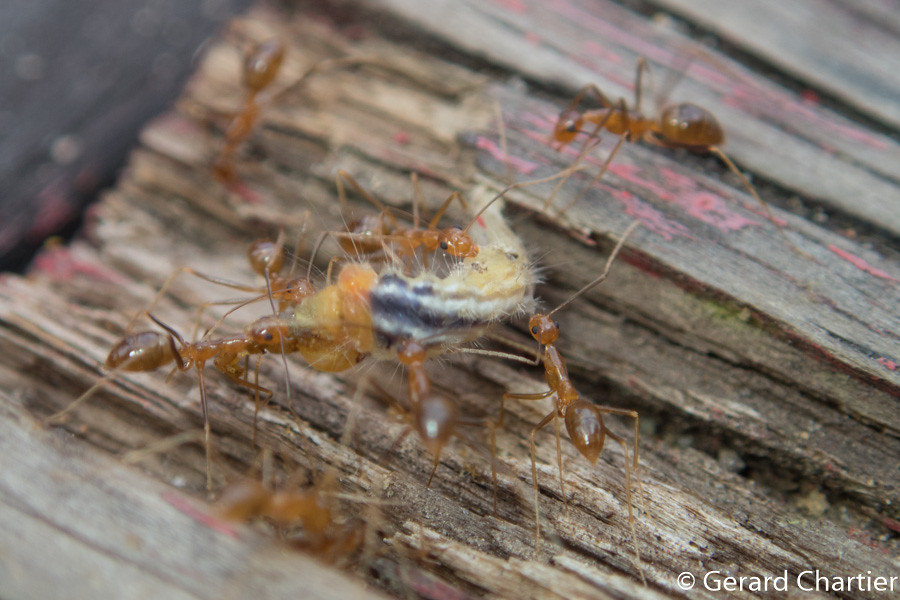
Yellow crazy ants have mastered a form of agriculture that puts human farming to shame, cultivating vast “ranches” of aphids, scale insects, and mealybugs. These tiny livestock produce honeydew, a sugary substance that provides the ants with a constant energy source to fuel their massive colonies. The ants carefully tend to their herds, protecting them from predators and moving them to fresh feeding sites when needed. This farming system creates a vicious cycle where the ants’ success leads to more plant damage, which provides more habitat for their livestock, which in turn supports even larger ant populations. In some Hawaiian forests, the honeydew production has become so intense that it creates sticky, sweet coatings on leaves and branches that attract other invasive species. This agricultural revolution has given crazy ants a competitive advantage that native species simply cannot match.
Climate Change: The Perfect Storm for Invasion

Rising temperatures and changing precipitation patterns in Hawaii are creating ideal conditions for yellow crazy ant expansion into previously unsuitable habitats. These ants thrive in warm, humid conditions, and climate change is extending their potential range to higher elevations and previously cooler areas. Increased storm activity also helps spread ant colonies, as flooding can carry entire populations to new locations where they quickly establish themselves. Droughts, followed by heavy rains, create the perfect conditions for explosive ant population growth, as their food sources become concentrated and then rapidly expand. Scientists predict that by 2050, suitable habitat for crazy ants in Hawaii could increase by 40% due to climate change alone. This expansion threatens some of Hawaii’s last remaining pristine ecosystems, including high-elevation native forests that currently serve as refuges for endangered species.
The Multi-Million Dollar Battle That Never Ends
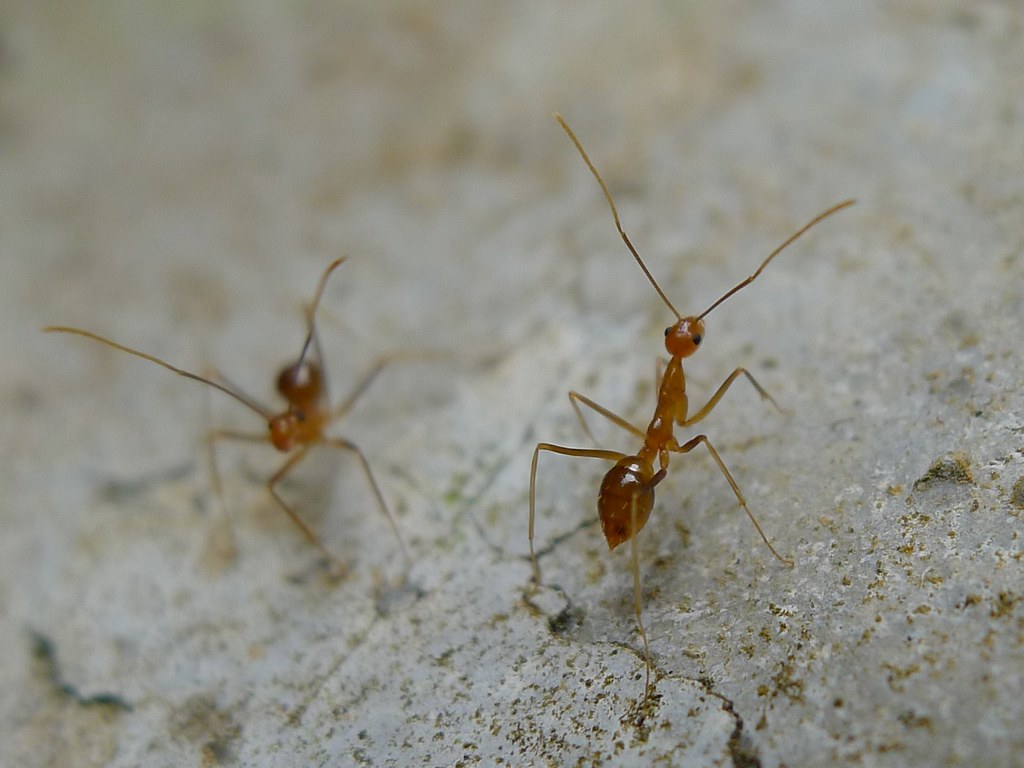
Fighting yellow crazy ants has become a financial nightmare for Hawaii, with control efforts costing millions of dollars annually with limited success. Traditional ant baits often fail because the supercolonies are so large that treated areas are quickly recolonized from untreated populations nearby. Pesticide applications that would eliminate other ant species barely make a dent in crazy ant numbers, requiring repeated treatments that become increasingly expensive. The state has invested in specialized detection programs, using trained dogs and advanced monitoring techniques to identify new infestations before they become established. Despite these efforts, the ants continue to spread to new areas, with some estimates suggesting that less than 30% of established populations have been successfully eliminated. The economic impact extends beyond control costs, affecting tourism, agriculture, and property values in invaded areas.
Biological Warfare: Fighting Fire with Fire
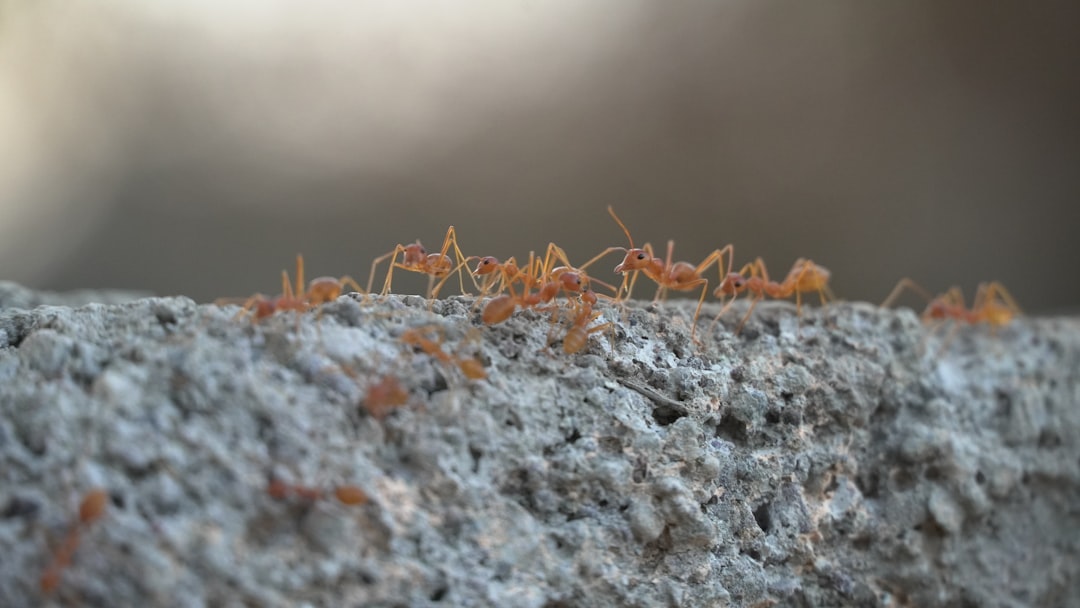
Scientists are exploring the possibility of using biological control agents – natural enemies from the ants’ native range – to help manage crazy ant populations. Researchers have identified several fungal pathogens and parasitic wasps that specifically target yellow crazy ants in their Southeast Asian homeland. However, introducing these biological agents to Hawaii requires extensive testing to ensure they won’t harm native species or become invasive themselves. Early laboratory studies suggest that certain fungal diseases could significantly reduce ant survival rates without affecting other insects. The challenge lies in finding agents that are both effective against the ants and safe for Hawaii’s unique ecosystem. Some researchers are also investigating the potential of using genetic techniques to disrupt ant reproduction, though this approach remains highly experimental.
Community Warriors on the Front Lines

Local communities in Hawaii have become unexpected heroes in the fight against yellow crazy ants, often serving as the first line of defense against new invasions. Citizen science programs train residents to identify and report ant sightings, creating an early warning system that helps prevent small infestations from becoming major problems. Community groups organize volunteer events to help with monitoring and control efforts, providing crucial manpower for labor-intensive treatment programs. Some neighborhoods have formed “ant watch” groups that regularly patrol their areas and share information about effective control methods. Schools have incorporated ant education into their curricula, teaching children to recognize invasive species and understand their ecological impacts. These grassroots efforts have proven surprisingly effective, with some communities successfully eliminating small populations before they could establish permanent colonies.
Technology Enters the Ant War

Cutting-edge technology is revolutionizing how scientists study and combat yellow crazy ants, providing new tools for both detection and control. Satellite imagery and drone surveys help researchers map ant distributions across vast areas that would be impossible to survey on foot. Genetic analysis allows scientists to track how ant populations spread and identify the source of new infestations. Remote sensing technology can detect the ecological changes that ants cause, such as vegetation damage and altered soil chemistry, even before the ants themselves are visible. Smartphone apps enable citizens to quickly report ant sightings with GPS coordinates and photos, creating real-time invasion maps. Some researchers are experimenting with pheromone-based detection systems that can identify ant presence through chemical signatures in the air.
The Psychological Warfare of Tiny Invaders
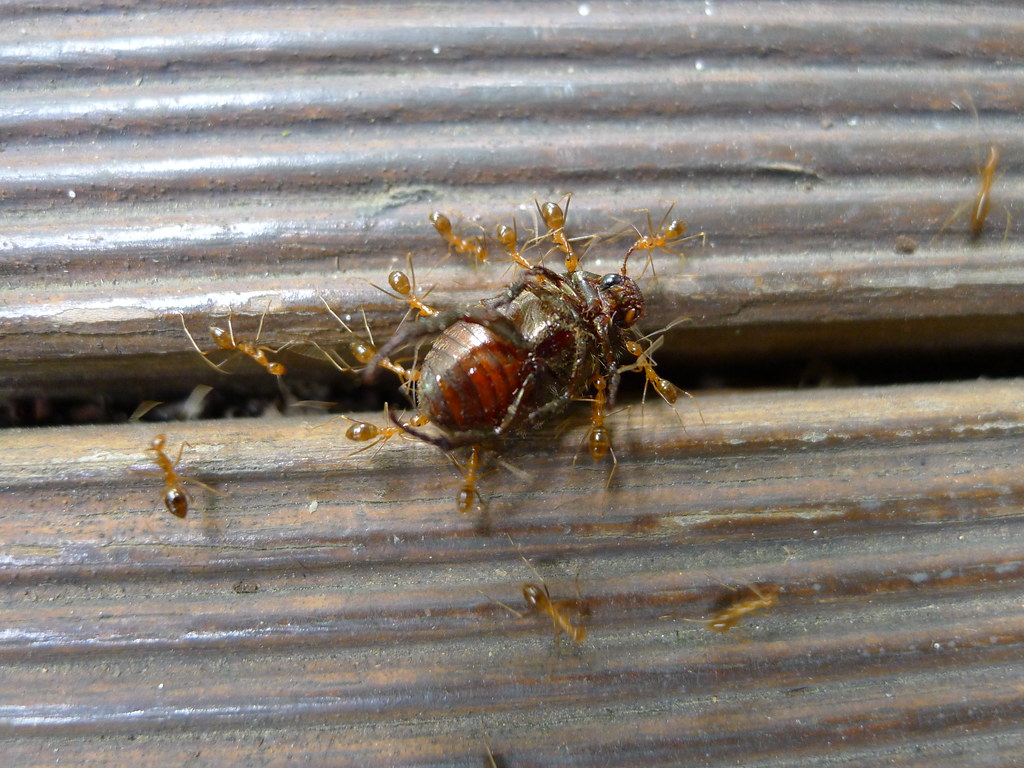
Living with yellow crazy ants isn’t just an ecological problem – it’s a psychological one that affects human communities in profound ways. Residents in heavily invaded areas report feeling helpless and frustrated as these tiny invaders take over their properties and neighborhoods. The constant presence of billions of ants creates a sense of being under siege, with some people developing anxiety and stress-related symptoms. Children in affected areas often can’t play outside without being covered in ants, fundamentally changing their relationship with nature. Property owners face the heartbreaking reality of watching their gardens and landscaping destroyed by ant farming activities. The unpredictability of ant movements and their ability to appear suddenly in massive numbers creates a sense of chaos that many find deeply unsettling.
Global Lessons from Hawaii’s Ant Apocalypse
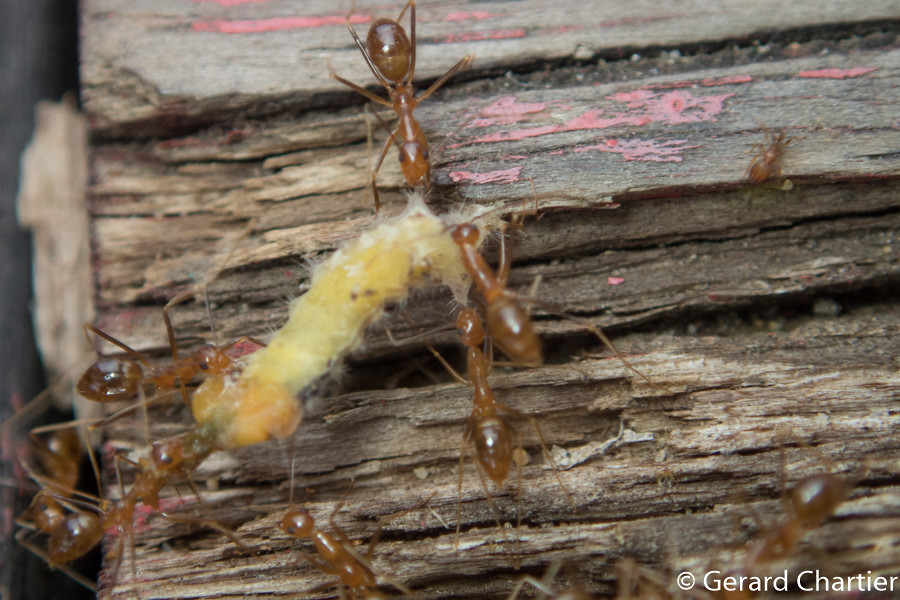
Hawaii’s struggle with yellow crazy ants offers crucial insights for other regions facing similar invasive species challenges. The importance of early detection and rapid response has become crystal clear, as established populations are exponentially more difficult and expensive to control than new arrivals. International trade and transportation networks require better biosecurity measures to prevent accidental species introductions. Climate change considerations must be integrated into invasive species management plans, as shifting conditions can rapidly alter invasion dynamics. The value of community engagement and citizen science in invasive species management has been demonstrated repeatedly in Hawaii’s most successful control programs. Perhaps most importantly, Hawaii’s experience shows that prevention is always more effective and cost-efficient than control, highlighting the need for proactive rather than reactive approaches to invasive species management.
The Future Battleground: What Lies Ahead
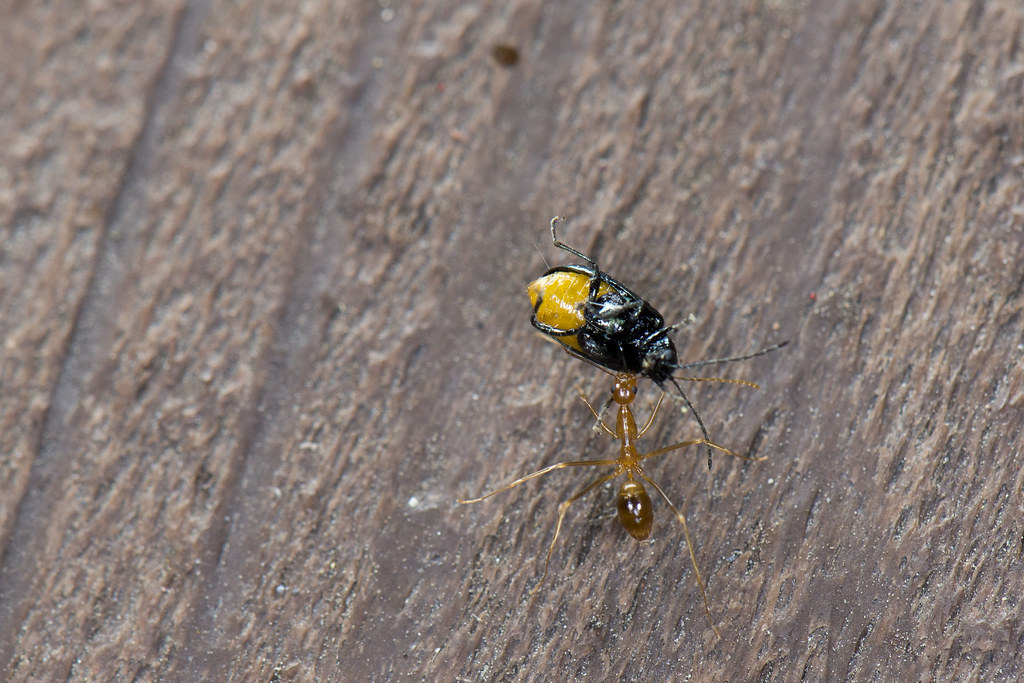
The war against yellow crazy ants in Hawaii is far from over, and the future of this conflict remains uncertain. New genetic research may provide breakthrough control methods, but it could take years or decades for these technologies to become practical tools. Climate change will likely continue to favor ant expansion, potentially opening up new habitats and accelerating population growth. The development of resistance to current control methods is a constant concern, as ant populations adapt to human intervention efforts. International cooperation will become increasingly important as these ants continue to spread to new countries and regions. The lessons learned in Hawaii may prove invaluable for other tropical locations facing similar invasions, but each ecosystem presents unique challenges that require tailored solutions. The ultimate outcome of this biological invasion may depend on humanity’s ability to innovate faster than these remarkable insects can adapt and spread.
Conclusion
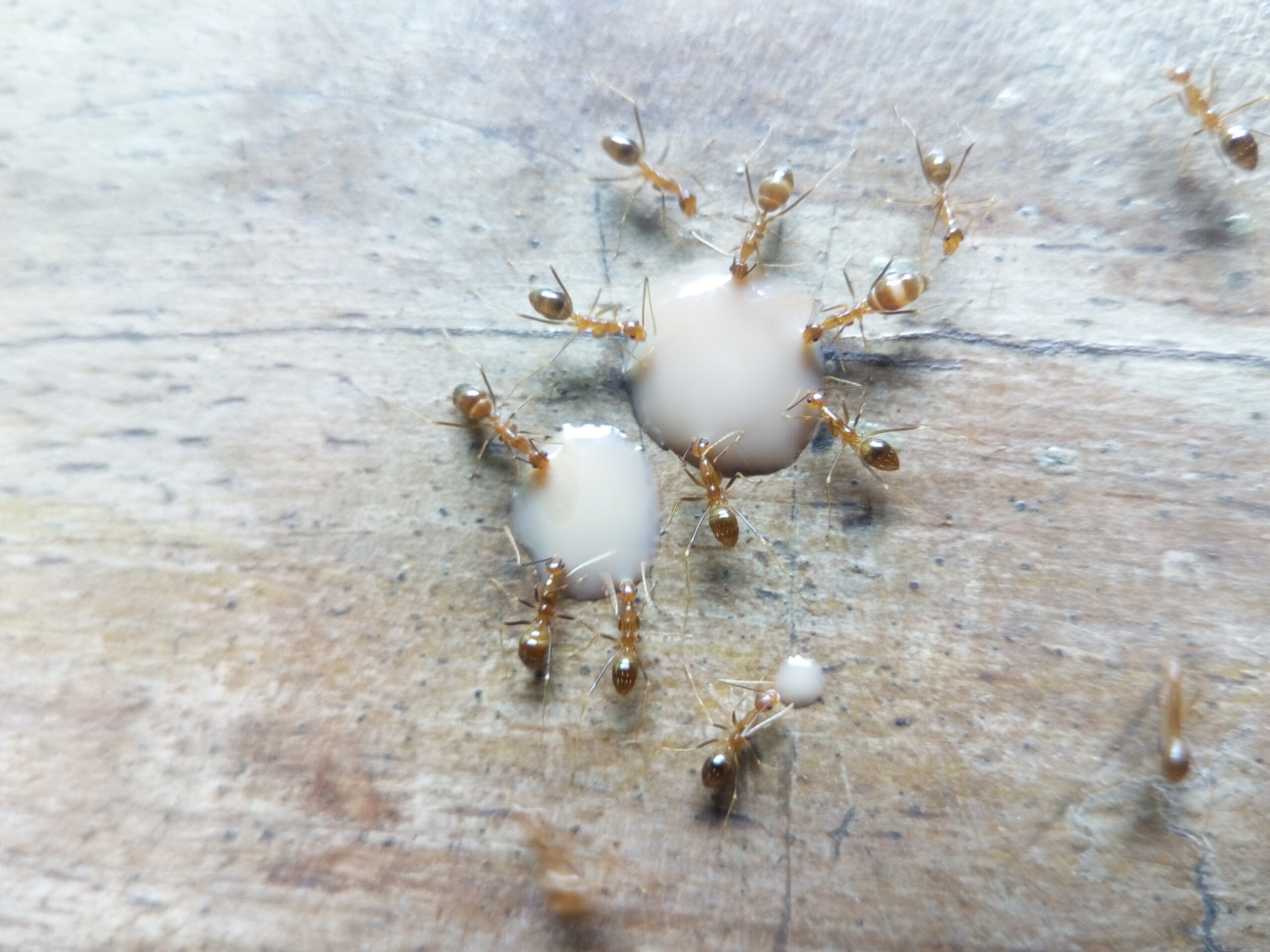
The Hawaiian yellow crazy ant represents more than just another invasive species success story – it’s a glimpse into a future where human activity and climate change create perfect conditions for biological invasions. These tiny golden warriors have shown us that size doesn’t determine impact, and that the most devastating changes often happen slowly, almost invisibly, until it’s too late to reverse them. Hawaii’s ongoing battle with these ants serves as both a warning and a testing ground for the invasive species challenges that await our increasingly connected world. The question isn’t whether we can completely eliminate these remarkable invaders, but whether we can learn to live with them while protecting what remains of our native ecosystems. What would you do if millions of these tiny conquerors suddenly appeared in your backyard?

